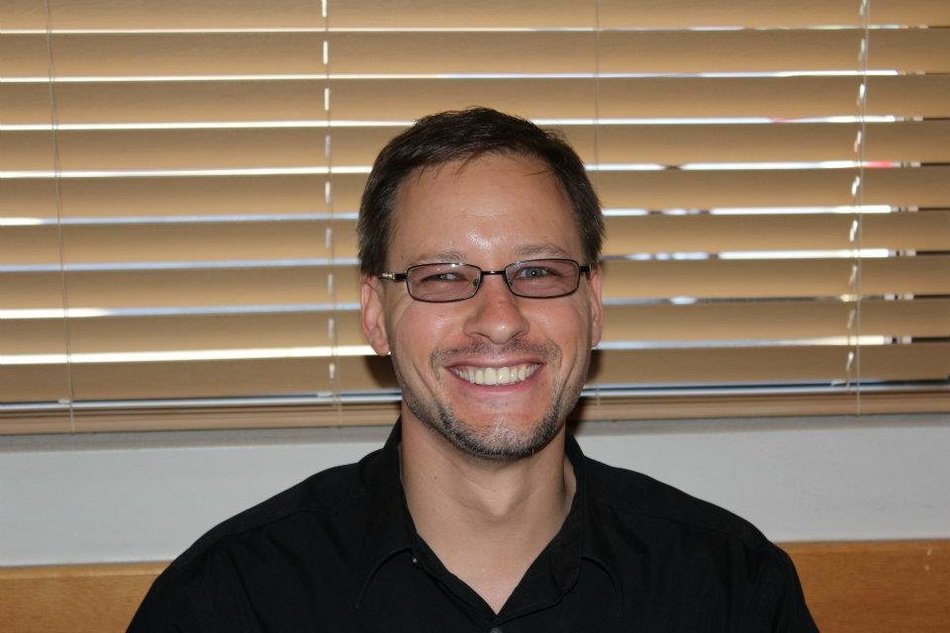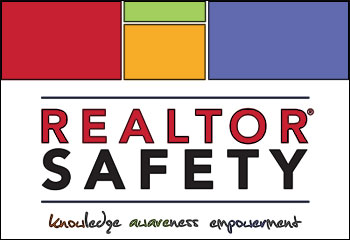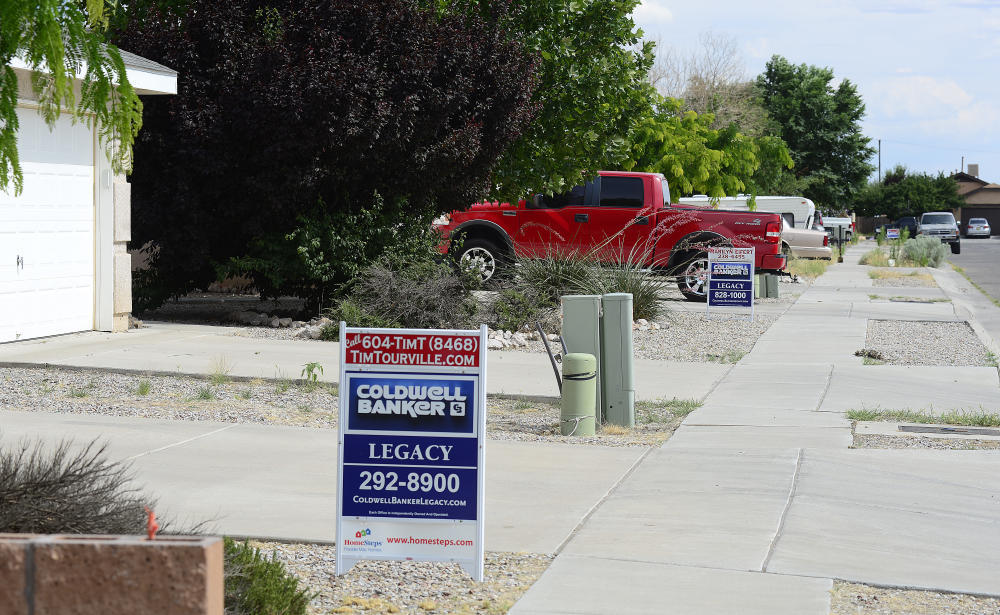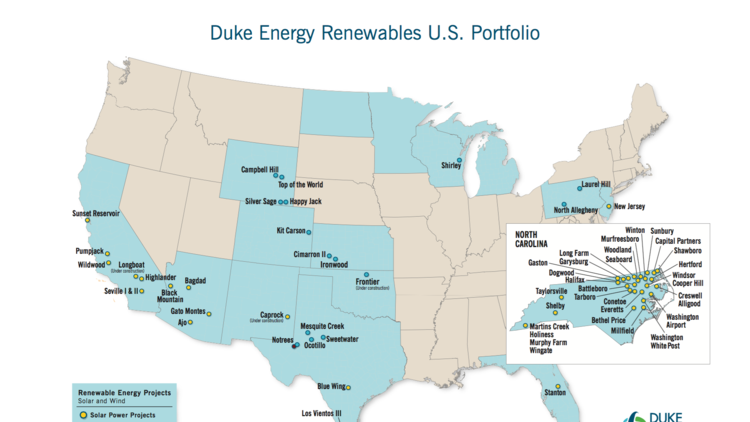
Male practitioners should be as concerned with safety as females. Even standing 6-foot-3, I almost became a victim myself.
BY GENE LENTZ for REALTORmag.com
I don’t personally know Sidney Cranston Jr., the Arizona real estate agent who has been missing since June 2015. But I could have been him.
Male practitioners everywhere should take note of the case. Cranston, a typical 40-year-old man at 5-foot-9 and 162 pounds, disappeared June 16 after allegedly meeting a prospective buyer at a vacant home in Kingman, Ariz. Neighbors say they saw him earlier in the day talking to someone in a white SUV, calling the driver’s behavior “suspicious.” Friends and family told police that Cranston had a recent disagreement with a former client — who happens to own a white SUV. Police haven’t identified any suspects, and Cranston’s brother says he’s “worried that he’s not with us anymore.”

Cranston’s incident seems like an anomaly because most high-profile cases of crime against real estate professionals that we hear about involve women. Particularly since the death of Arkansas agent Beverly Carter last September, we think of women as more vulnerable in our business. Many men think their size and strength preclude them from being attacked. But trust me: Safety risks are not limited to females. I stand 6-foot-3 — taller than most men and women — and I once came close to being a victim.
In late 1995, when I was in my early 40s and fairly new to the real estate business, I took a floor call from a man inquiring about “high-end” listings in our local area of Menlo Park–Palo Alto, Calif. This was and remains a very hot area, where the average sales price is obscenely high and the number of days on market is obscenely low. Multimillion-dollar listings are the rule, not the exception. So I assumed a caller interested in such properties was legit.
I agreed to meet the caller at a home he wanted to view the next day. (In case you’re keeping track, that’s safety no-no No. 1.) But I wasn’t expecting the person who showed up. He arrived in a beat-up, 15-year-old imported car and with a pregnant “fiancé” who wanted to drop him off so she could make a doctor’s appointment. He asked if I could give him a ride home after the showing. What am I supposed to say, “no”? It wasn’t out of my way and still in a decent part of town, so I agreed. (Still keeping track? That’s no-no No. 2.)
During the showing, the “buyer” kept likening his financial situation to the lady who had just won a judgment against McDonald’s after spilling hot coffee on herself. He basically admitted that he didn’t have the money to buy the house now, but he would soon. (That’s at least no-no No. 3 — or is it No. 4?) My optimistic pursuit of a big commission was, by now, starting to fade. Then, he said he wanted to see the basement.
I finally listened to the alarms going off in my head, and I somehow knew that if I went into that basement with him, I would be put in a bad situation. I decided that was not the day that was going to happen. I said I “needed to get something from the car,” so I pointed him to the staircase and told him to go check it out. I was ready to get out of there.
After the showing, I dropped him off at his address, and we made arrangements to check in with each other the next week as his financial situation “improved.” I tried to follow up with him and made several phone calls, but I never heard back. A couple of weeks later, as I recall, an elderly man was mugged in a nearby neighborhood and beaten to death. Then another older man in an adjacent community suffered a similar fate. Not long after, police announced a person of interest they were looking for. You got it: It was my client, the description fitting him right down to his residential address where I had dropped him off. Police started to tail him, thinking he was about to take off. They made their move and arrested him as he and his young daughter were walking out onto the Golden Gate Bridge.
I thought about all the times I could have made better decisions in my career, even though we didn’t know any better in the mid-90s. Maybe I was lucky to be 6-foot-3 — significantly taller than my prospect — and perhaps he decided to find someone easier to pick on. I am sure he was expecting someone older — maybe I sounded older when we spoke on the phone. I do know that none of the obvious reasons led this man to automatically rule me out as a target: It wasn’t enough that I was bigger than him, younger than he expected, or that the holes in his story finally woke me up.
I didn’t talk about this experience to anyone immediately, and I’m not really sure why. Was I embarrassed about it for some reason? I don’t know. I don’t think so, but nothing else makes any sense. I did nothing wrong, did I? I should have spoken more about this in the intervening years, and I should not have waited to spread the word. We can’t all be 6-foot-3, 40-somethings, but, we can be more proactive about our safety.
The news about Sidney Cranston makes this article tough to write, but I realize it makes it even more important. Others have not been as lucky as I was. Whether you’re a man or a woman, be smart, do not put yourselves in vulnerable situations, have a plan, take a buddy with you, and have potential clients meet you at the office first. All these measures were uncommon, and some even considered borderline rude, back in the ‘90s. But they need to be common and accepted practice in today’s world.
****
About the Author: Gene Lentz
Gene Lentz has been a licensed active real estate professional since 1994, most recently joining Keller Williams Realty as a sales associate in Menlo Park-Palo Alto, Calif.
Update: This article was orginally posted on August 20, 2105. Sidney Cranston, Jr. has yet to be found.














Comments